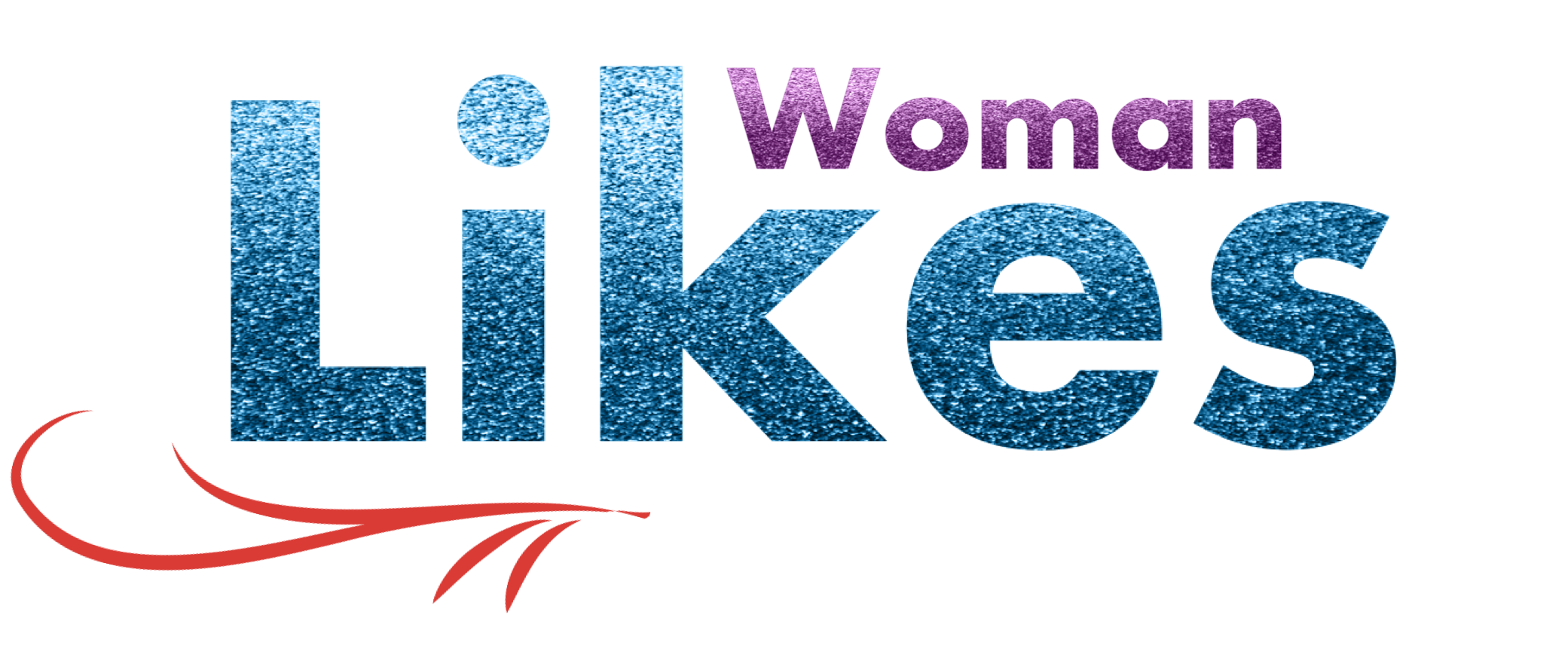
If you think all women are the same, you’re wrong. Women come in all shapes, sizes, and professions. Some are career women, others are homemakers, and many fall somewhere in between. They are learning, always striving to better themselves, and most of all, they’re diverse! Here are 10 reasons you should know the real definition of “woman”! Read on to learn more about women, and what they have to offer.
Women are a diverse group
Because women have many identities, the treatment and support of these patients often faces significant barriers. Racism and public conceptions of drug use play a significant role in the treatment and support of women of color. This context is vital when considering intersectionality. The role of women in treatment and support is complex, and it can be both helpful and harmful. Many women, including Black, Latinx, Indigenous, and transgender, face discrimination and other unique barriers.
They are in many professions
The gender gap in technology has been well-documented. However, women continue to be underrepresented in many professions, even in the tech industry. For instance, 84% of workers in the protective services sector are male. Automation technology is changing the nature of job requirements, including how many hours a professional must work. This article will explore some of the challenges faced by women in the non-traditional professions. Also, consider the impact of automation on the future of jobs in different fields.
Traditionally, men dominated most occupations. However, women now hold approximately half of all job openings in the field of librarianship. They tend to fill the less glamorous aspects of the job, like acquiring new items. By the 1930s, women held 90% of librarian jobs. Other professions where women are present include the hospitality industry, where women are needed to greet guests and serve high-quality service. Although these professions are generally lower paying, they serve as stepping stones to more lucrative careers.
They are always learning
When we listen to false teachers, women are constantly learning. This is a healthy desire, but unhealthy learning eschews firm answers and focuses on the non-biblical or speculative. It causes grave instability. False teachers will never give you the Truth. Instead, they will continually ask questions and give you information without ever discerning the Truth. Here are some examples of unhealthy learning. These women are the same people who teach women to question everything.
A woman preaching the word of God has a Facebook account called “Always Learning.” She posts articles about women’s rights, and has become a viral sensation for her posts. Her posts are aimed at encouraging and empowering other women in the workplace. She claims to be an avid reader of “silly” feminist blogs, but does not necessarily advocate for those viewpoints. She also advises other women to never give up.
They are homemakers
According to the census bureau, about 90 million American women are homemakers. Men are outnumbered by the same number, but the percentage is still higher than women. In addition to early retirees and college students, homemakers include prison inmates. In addition, the statistics do not take into account women who are under age 20 and do not work. Women who are homemakers are more likely to be unemployed and discouraged from looking for work.
As far as societal attitudes towards homemaking are concerned, women are often vilified and mocked for doing the work. The fact that homemaking is a traditional job of women is one of the reasons that they tend to identify themselves as homemakers. Despite the stereotype, most women are proud to be homemakers. They spend countless hours caring for their children and keeping the household running smoothly. They put aside their dreams and do what it takes to provide for their family.
They have two X chromosomes
The X chromosome is a relatively large chromosome that contains more than a thousand genes. This chromosome is part of twenty-three thousand human genes, and most are unrelated to sex determination. Others are essential metabolic enzymes necessary for life. Males and females have identical amounts of this chromosome, though females shut down one of them early in embryonic development.
Both sexes have one X and one Y chromosome, and it is not known whether a woman has more than one X. The X chromosomes are identical in size and shape to those of the male and female sexes. However, the X and Y chromosomes have different structures and functions, and it is unclear which one governs a woman’s life span.
They are musicians
Many of today’s female artists are challenging stereotypical ideas of female sexuality, and the music industry is no exception. Gen Z women are revolutionizing the industry, as is the case with Cardi B and Kehlani. They have broken down social norms by embracing their sexuality and challenging mainstream expectations of female musicians. While these musicians aren’t yet known to the general public, they have already collaborated with many high-profile brands, including H&M, Urban Outfitters, and Gucci.
Although female composers are just as creative as their male counterparts, gender bias has kept many from achieving measurable success. According to a USC Annenberg study, only two percent of producers in the top 300 songs were women. Women also earn less than their male counterparts, garner fewer awards, and enjoy less recognition in the music industry. However, despite these challenges, women are making history. By breaking down stereotypes and focusing on the achievements of women in the music industry, they are taking the next step in achieving gender equality.
They are composers
In a country dominated by men, the art of composition still remains largely male-dominated, but there have been many female composers. The great Elizabeth Maconchy, for example, was the mother of Nicola Lefanu, one of the greatest composers of the twentieth century. Lefanu, an ordinary woman, felt that being a composer was a natural job for a woman and never questioned her abilities.
There are countless forgotten women in the history of academic music, but the number of notable female composers grows year after year. Still, works written by women are rarely included in concert programs and schedules of renowned orchestras or performers, and these works are often accompanied by tragic statistics. It’s time to change that. Here are four examples of forgotten composers and their contributions. If you want to know about the art of composition, you can read the history of music and learn more about its history.
They are instrumental performers
Women are instrumental performers. The first African-American female instrumentalist was Harriet Gibbs Marshall, who was born the year after slavery ended. She lived through segregation, Jim Crow laws, the Harlem Renaissance, and the Great Depression. Gibbs Marshall devoted her life to music, studying at a local music institution. Her influence on other instrumentalists was immense. In the late nineteenth century, there were only a few women in instrument performance. Today, however, there is a large group of women who make their mark on the art of instrument playing.
As time went by, more opportunities for female instrumentalists opened up, especially in the nineteenth century, when educational institutions opened their doors to women. Many of these women were able to enter music programs and eventually became professional performers. However, women had a difficult time gaining the recognition they deserved. Fortunately, they overcame this obstacle by focusing on their education, perseverance, and confidence. The next generation of female musicians will be led by these women, who are the true innovators of the music world.
They are singers
Ani DiFranco is a feminist icon who founded the record label Righteous Babe and is a multi-instrumentalist. She has supported a number of social causes as well as feminism. In the 1960s, songwriting was a male-dominated field and women were seen primarily as consumers of music. Although singing was considered an acceptable girl’s pastime, women were rarely encouraged to see themselves as creators.
They are conductors
Although women are underrepresented in the world of orchestra conductors, they are certainly not absent. The glass ceiling still exists and women are not often able to get to the top. While women are often not given the high profile that men enjoy, they are nevertheless very present and run some very fine orchestras. The problem is that there is a lack of public awareness of their work. So, how can we address this situation? Here are some ways.







